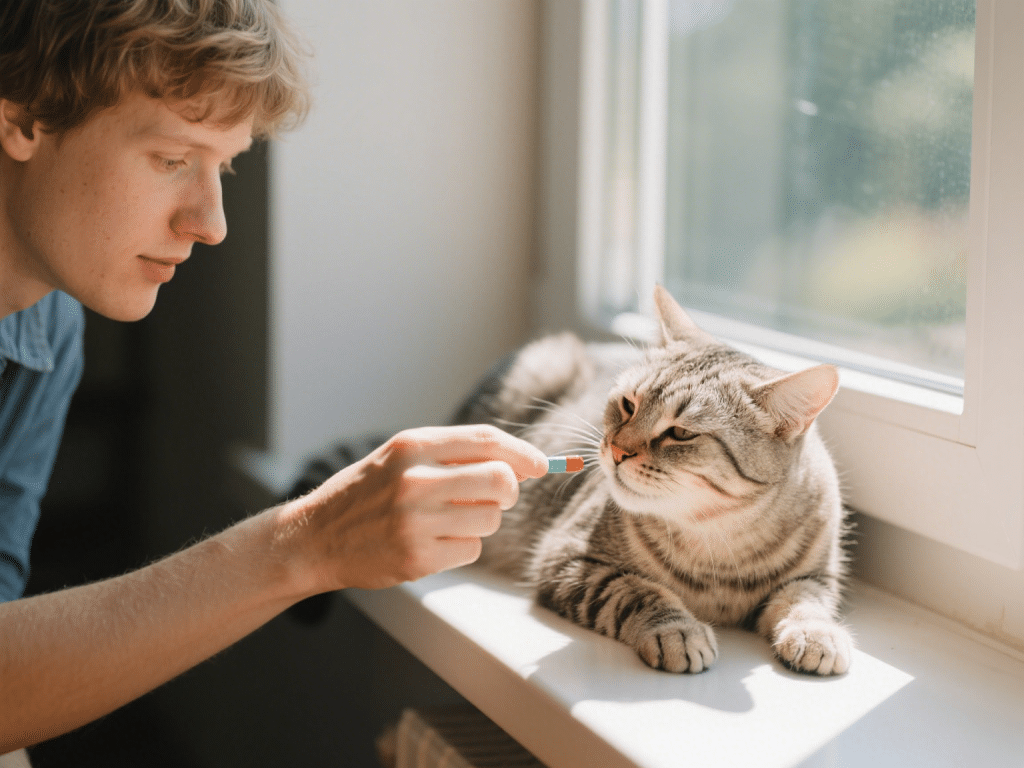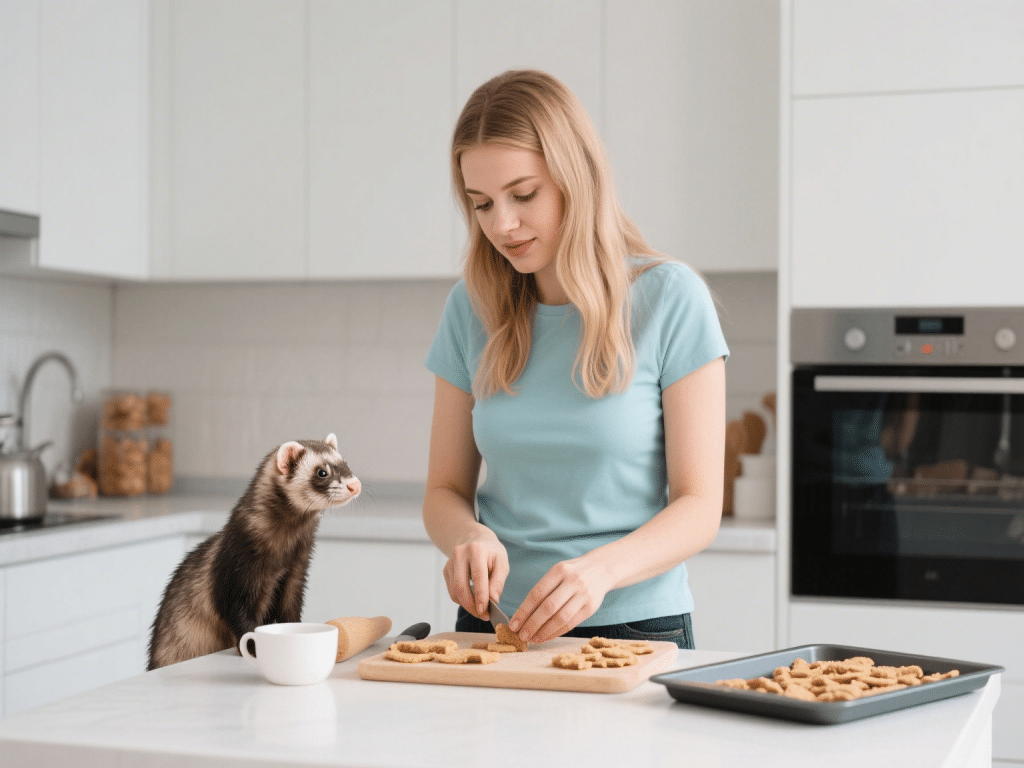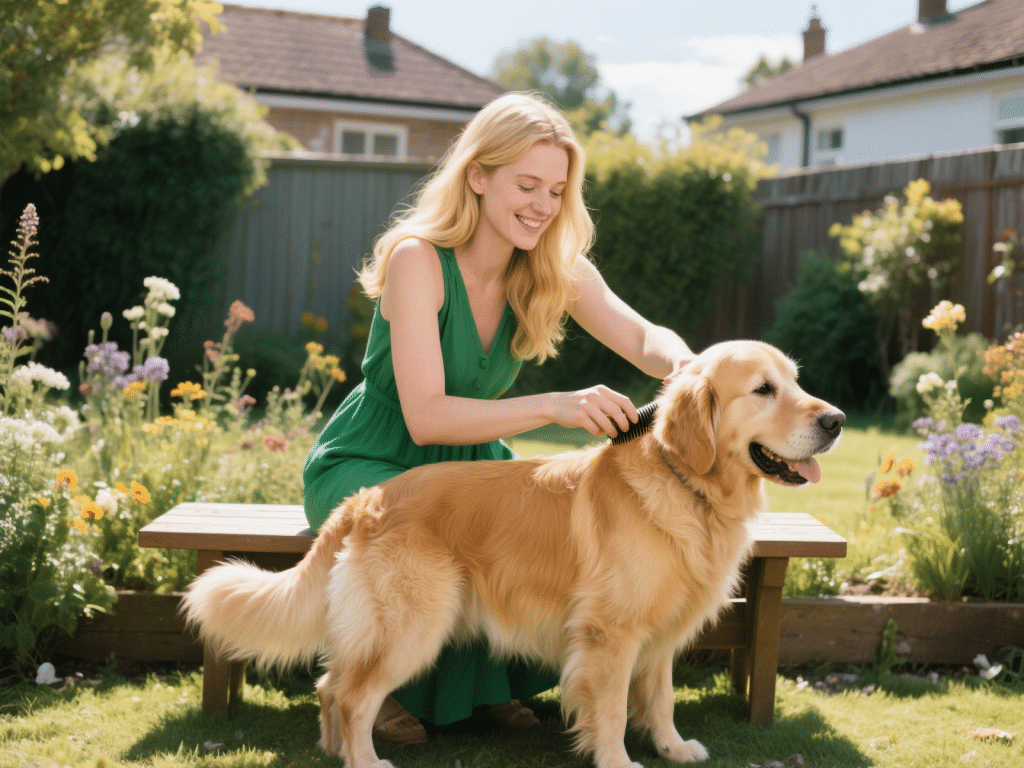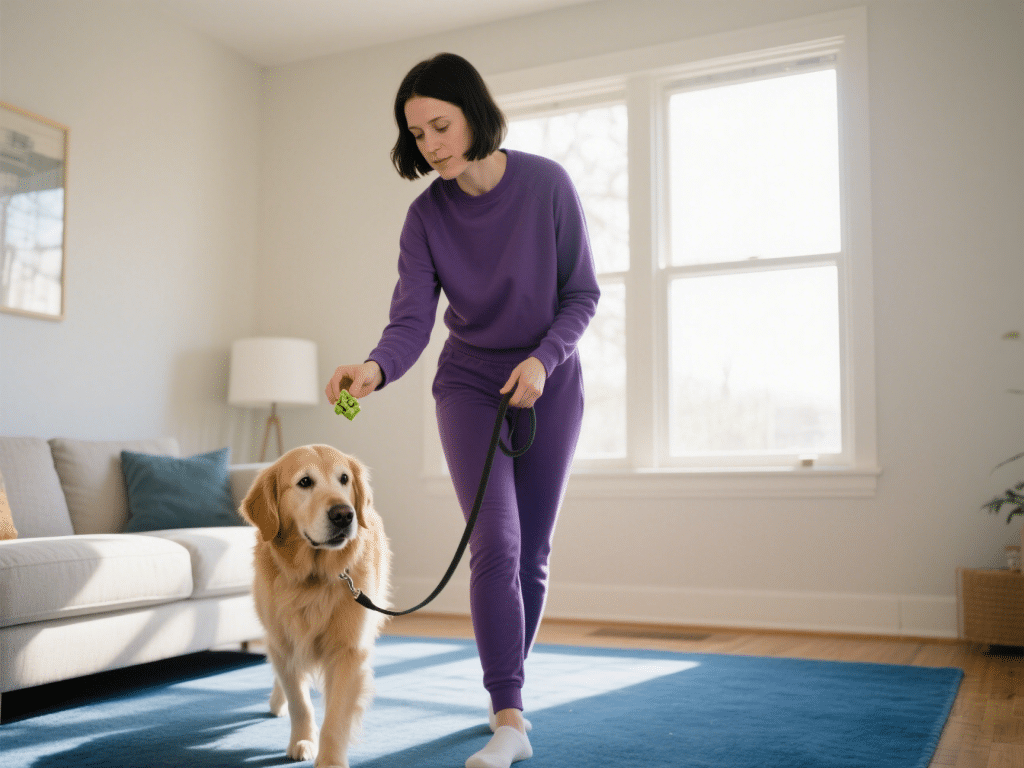5 Proven Strategies to Reduce Anxiety in Rescue Dogs

As a longtime canine behavior consultant and rescue volunteer, I’ve helped hundreds of adopters navigate the special challenges of integrating a rescue dog into their home. Many rescue pups arrive with anxiety—stemming from past trauma, uncertainty, or major life changes. Today, I’ll share five proven strategies to help your rescue dog feel safe, loved, and confident.
1. Create a Predictable Routine
Dogs thrive on consistency. Establish set times for feeding, walks, play, and rest.
Morning & Evening Rituals: A gentle wake-up walk with low distractions, and an evening cuddle session—these anchor your dog’s day.
Expert Tip: Use a visible whiteboard or phone reminder to keep your schedule predictable for all family members.
2. Design a “Safe Haven” Space
Provide a quiet, comfortable area your dog can retreat to whenever stress rises.
Setup: A well-ventilated crate or a cozy corner with soft bedding, favorite toys, and a piece of your worn T-shirt for familiar scent.
Trust Building: Encourage your dog to enter on their own by leaving treats and praise—never force them.
3. Positive Reinforcement & Desensitization
Use gradual exposure to anxiety triggers in a controlled way:
Stepwise Introductions: If your dog fears vacuum noise, run it outside first at low volume, then gradually indoors. Reward calm behavior lavishly.
Marker Training: Clicker or consistent verbal cue (“Yes!”) immediately when your dog remains relaxed during exposure.
4. Incorporate Enrichment & Mental Stimulation
Boredom can intensify anxiety. Mental tasks provide focus and satisfaction.
Food-Dispensing Toys: Stuff a Kong or slow-feed puzzle with high-value treats—your dog’s focus shifts from worry to problem-solving.
Scent Games: Hide small treats around the room and cue “Find it.” Scent work taps into your dog’s natural instincts and promotes calm.
5. Calming Supplements and Practitioner Support
For severe cases, holistic supplements or professional help may be necessary.
Evidence-Based Supplements: L-theanine chews, fish oil rich in EPA, or veterinarian-formulated pheromone diffusers (e.g., Adaptil) can reduce cortisol levels.
When to Seek Help: If anxiety persists or worsens, consult a veterinary behaviorist or certified trainer. Together, you can develop a tailored behavior modification plan.
By integrating these strategies—routine, refuge, positive experiences, enrichment, and professional support—you’ll empower your rescue dog to move from a state of fear to one of confidence and trust. Small, consistent steps yield the most profound changes.









Comments on "5 Proven Strategies to Reduce Anxiety in Rescue Dogs" :